Here in Pennsylvania, we can have some pretty tough winters. We often see everything from snow to ice (and sometimes some random warmer days thrown into the mix). While we get to stay cozy and comfortable inside no matter what the weather, our lawns have to stand up to some fairly harsh conditions.
For that reason, you might want to think about ways that you can prepare your lawn for winter. Some of the steps that you take now can make a big difference in how your lawn ultimately withstands the weather…as well as how it bounces back in the spring.
Here’s how you can do some lawn prep for winter.
How to Prepare Your Lawn for Winter in Pennsylvania
There are a few key ways that you can get your lawn ready for the winter.
Late-Season Fertilization (Winterizer)
First and foremost, you want to make sure that you are getting a late-season fertilization application. We often call this “winterizer,” or “lawn winterization.”
This is a late fall fertilizer application that will help to set the foundation for the winter season.
We know that most people think of fertilization in terms of the spring, but the period ahead of the winter is actually a critical time to apply fertilizer to your lawn. A key benefit of winterizer is that it will allow your lawn to take in necessary nutrients and store them until the spring.
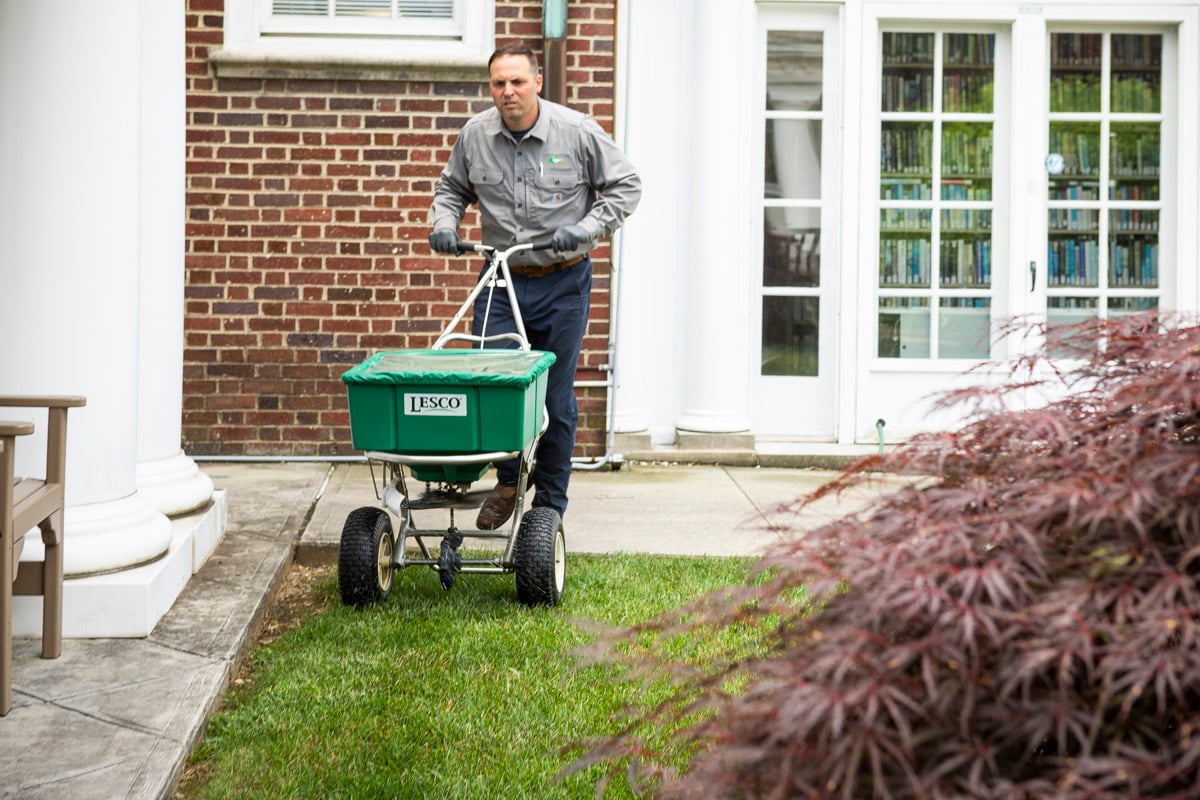
Because of that, it is this late fall (or early winter) application that will help your lawn to bounce back after winter. Therefore, it plays a role in that early spring color. We know that it’s exciting when the snow begins to melt and you see some green lawn peeking through!
It’s one of those situations where the actions you take now will pay off in the long run. But late-season fertilization will also help your lawn to focus on proper root growth, maintain winter hardiness, and suppress some of the stress your lawn will suffer during the winter season. This might include sub-freezing temperatures, ice that prevents water from penetrating the ground, or an exceedingly dry winter.
Like we said, here in Pennsylvania, we often see it all!
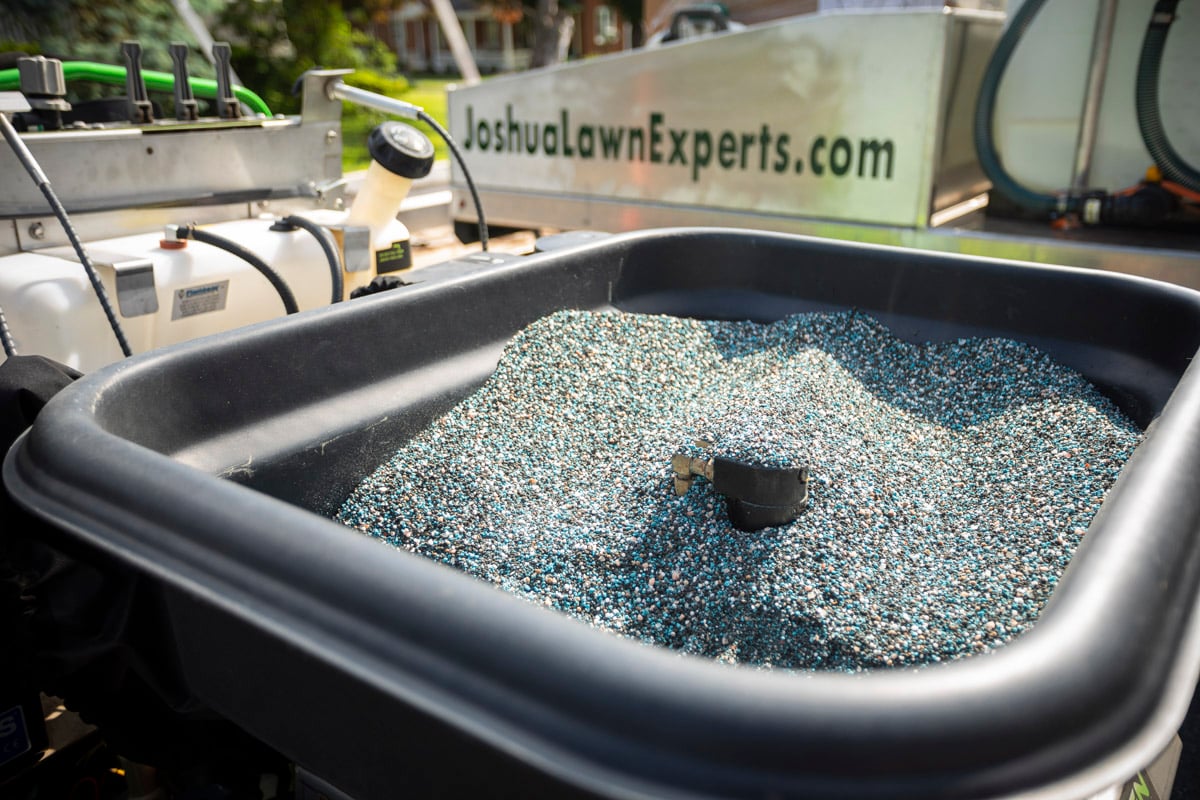
To better understand the importance of fertilization, it helps to think about the importance of “feeding” your lawn. Lawns need a constant food source and if they don’t get it, they begin to struggle.
But the right fertilizer’s slow-release feature is an important one.
Think of yourself at your favorite all-you-can-eat buffet. Odds are, you eat until you’re almost sick. Fertilizer can be the same way for your lawn. Too much fertilizer at one time will over-feed your lawn. But, instead of feeling a little sick and getting better (the way you recover from a buffet binge), lawns wind up getting sick and staying sick. In fact, the lawn gets burned – and that lawn burn can be fatal.
As you can see, it’s a delicate balance but when performed properly, fertilization can do wonders to prepare your lawn for winter.
Aerate Your Lawn Ahead of the Winter
Another critical way that you can prepare your lawn for winter is with lawn aeration.
Aeration is the process of making holes throughout your lawn by pulling small soil plugs (called “cores”) with a special machine called a core aerator. By doing this, it allows more oxygen, water, and nutrients to penetrate deep into the soil and down to the root zone.
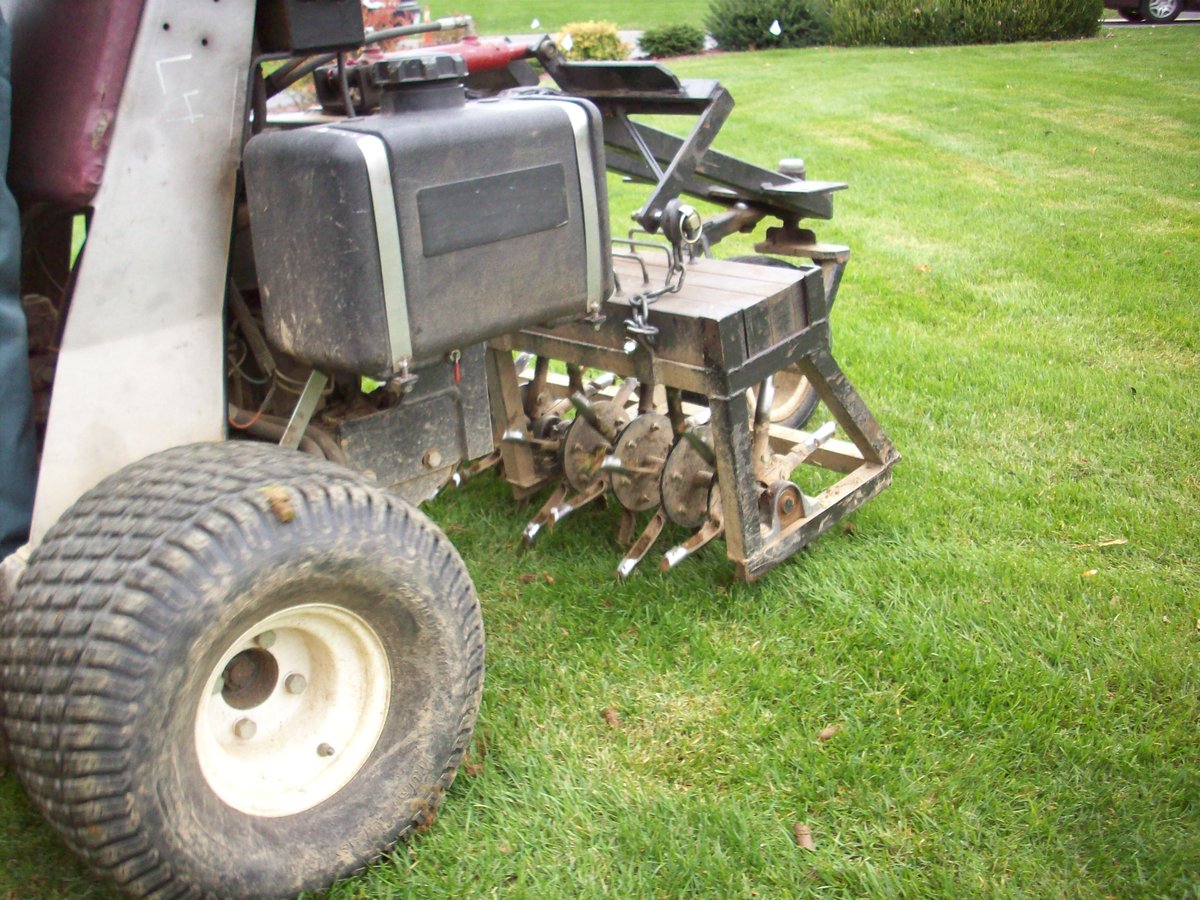
That’s important because it creates a more favorable environment for the root system to grow and healthier roots add up to a healthier lawn.
Lawn aeration goes hand-in-hand with fertilization since it will allow more of the fertilizer to penetrate the ground. This can help you to get even better results from the winterizer, helping to better prepare your lawn for winter.
We like to aerate lawns in the fall as this is also the optimal time for seeding. Overseeding is best performed during aeration so that the seeds can fall into the holes and have great seed-to-soil contact.
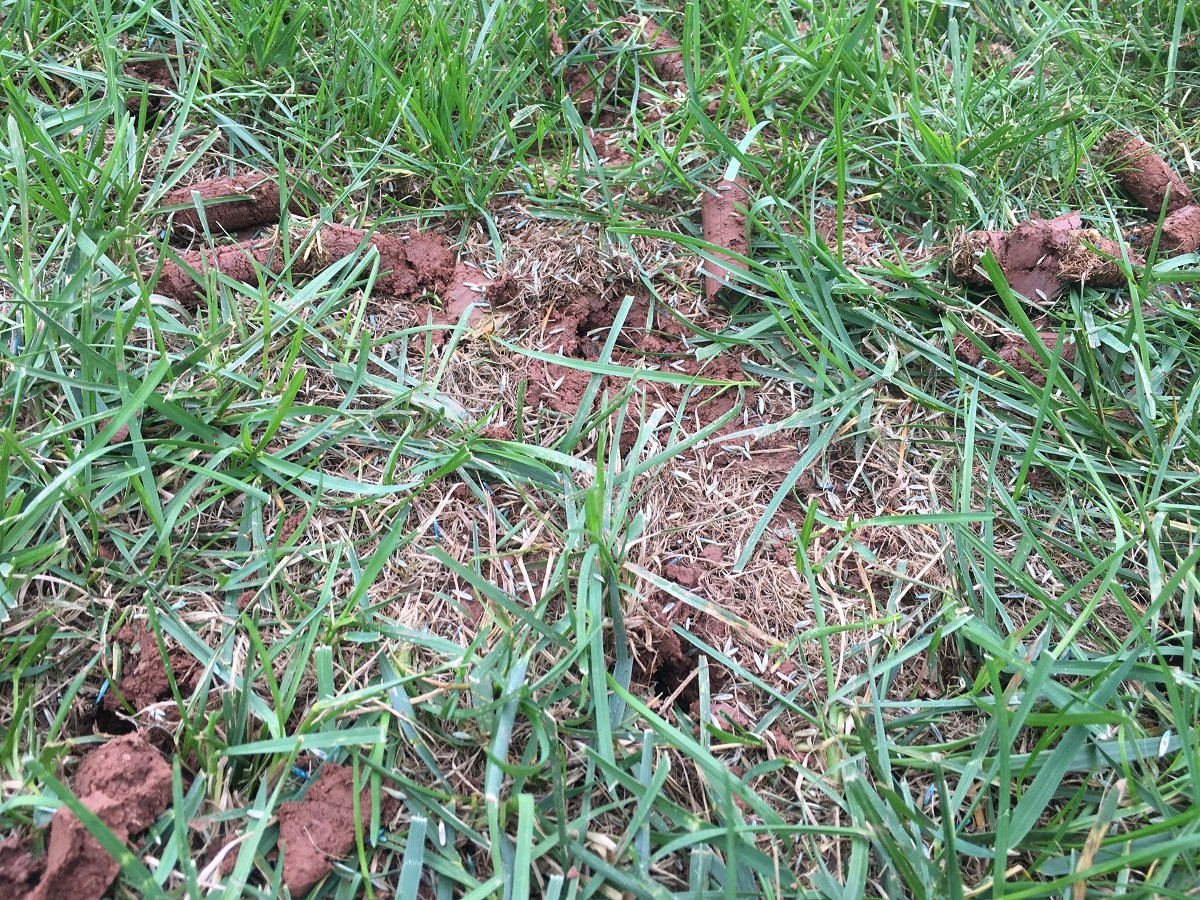
Fall is a good time for seeds to grow because while the air is cooling down, the soil is still warm.
However, if you wait too long, and the ground is too cold to ensure it will recover from the aeration process, then we’d skip aeration and move right to fertilization.
Think about Spring Lawn Care Services
While winterizer and lawn aeration are the two key services that we’d recommend performing for lawn prep for winter, the colder months are also a great time to start thinking about the spring season.
Usually, the winter flies by pretty quickly and before you know it, it’s time to start thinking about your spring lawn care program.
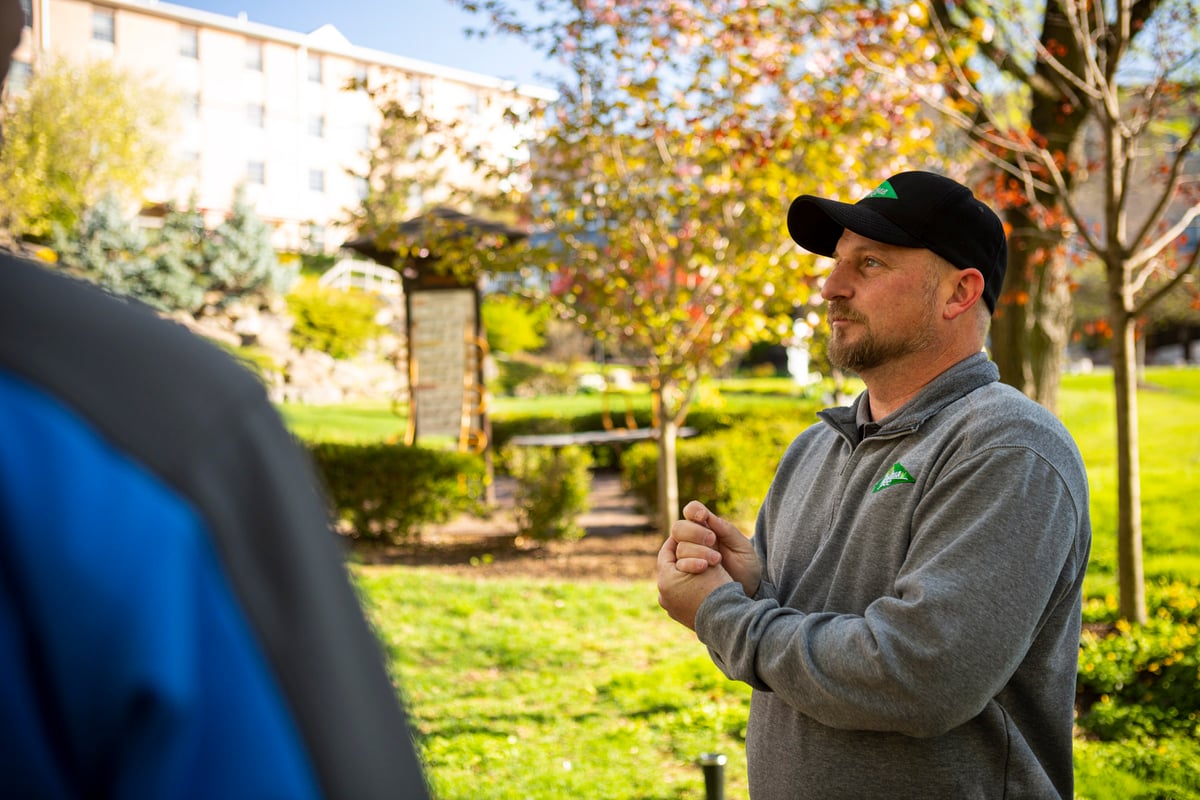
This can be a great time to connect with your lawn care professional and make sure that you’re set up with all of the spring services that you’ll need. Here in Pennsylvania, we sometimes get started with lawn care as early as March, depending upon the weather. Some of those early treatments include pre-emergent crabgrass control and broadleaf weed control.
Of course, lawn fertilization also starts back up in the early spring!
During those couple of months where no services are actively being performed on your lawn, you might think about ensuring you’re all set up for the coming season.
Getting the Best Lawn Results All Year Long
Seasonal lawn care in Pennsylvania can be a bit overwhelming as we do deal with a lot of different weather conditions. Your lawn will also have different needs at different times of the year.
That’s why it’s important that you are working with a lawn care company that not only looks at ways to prepare your lawn for winter but also considers the entire year.
At Joshua Tree, we are always paying close attention to what your lawn needs, no matter what time of the year it is. Sometimes unexpected problems even arise which require treatments beyond what would typically be performed.
But with an expert eye on your property, these can be caught early and addressed.
With a lawn care company that has your back, you can gain peace of mind that your lawn is getting what it needs, no matter what the season.
If you’d like to know more about how Joshua Tree can help meet your lawn needs, or you have more questions, we’re here to help! Get in touch with us to get some free expert advice and learn more about our lawn care program options. You can also view our locations page to learn more about our service area.
Image Source: Frost on grass



